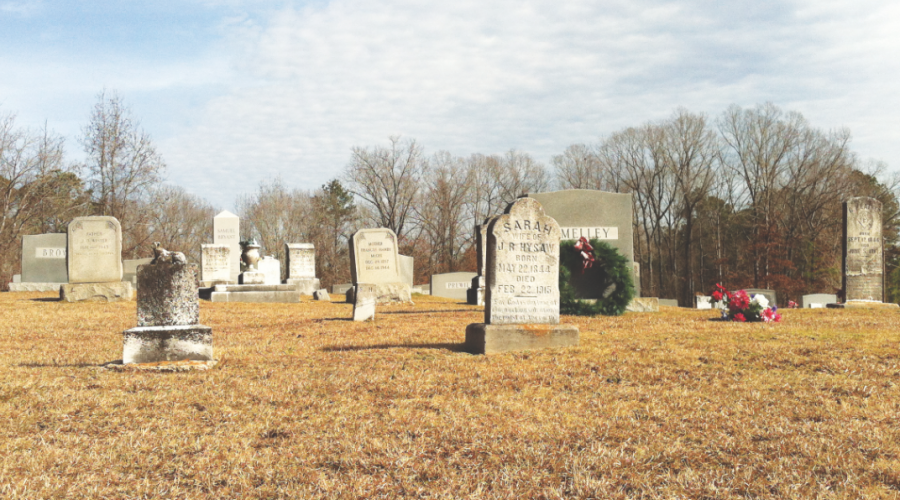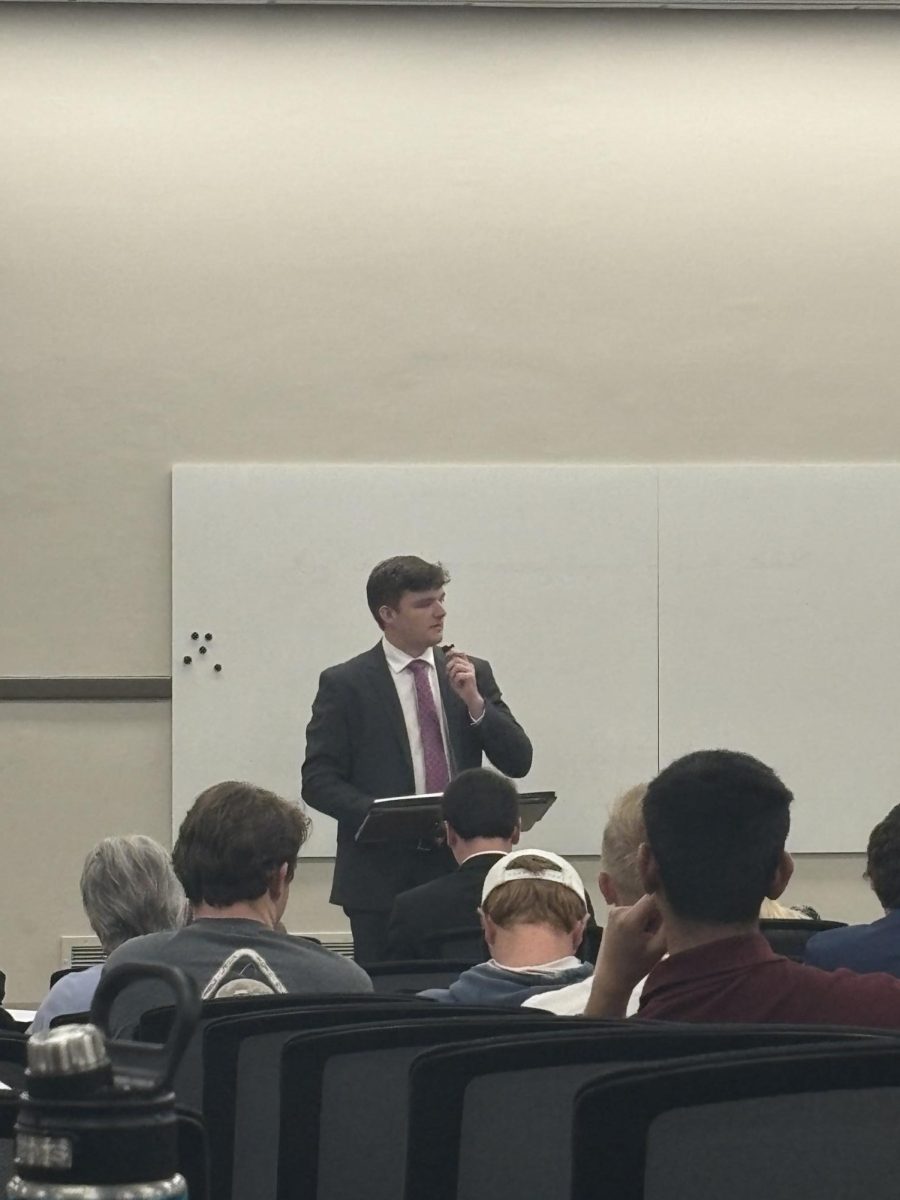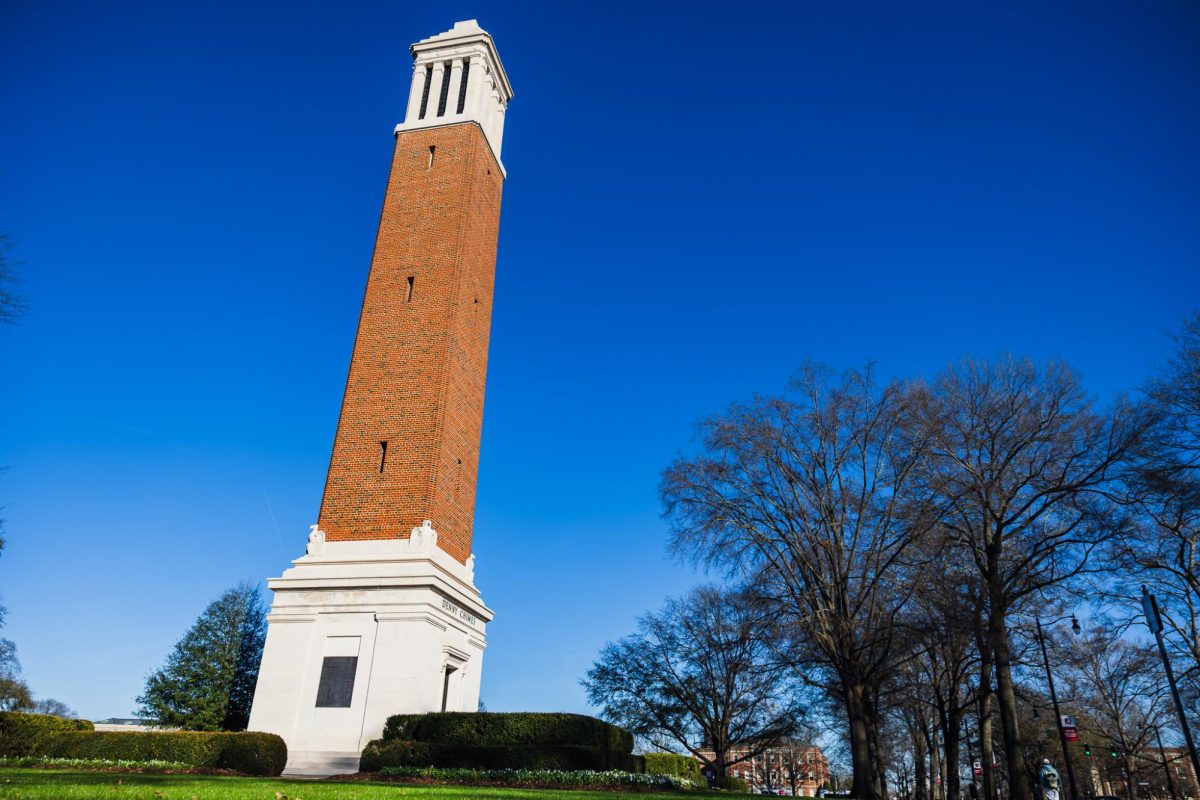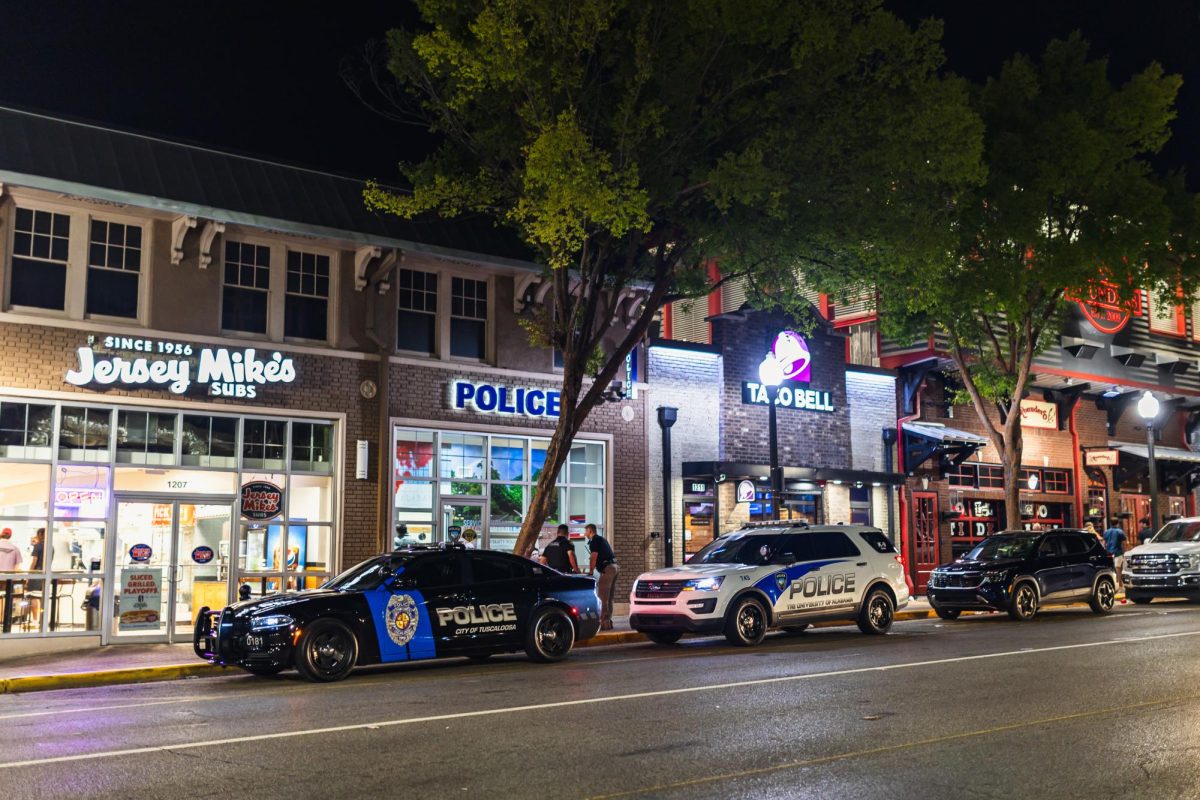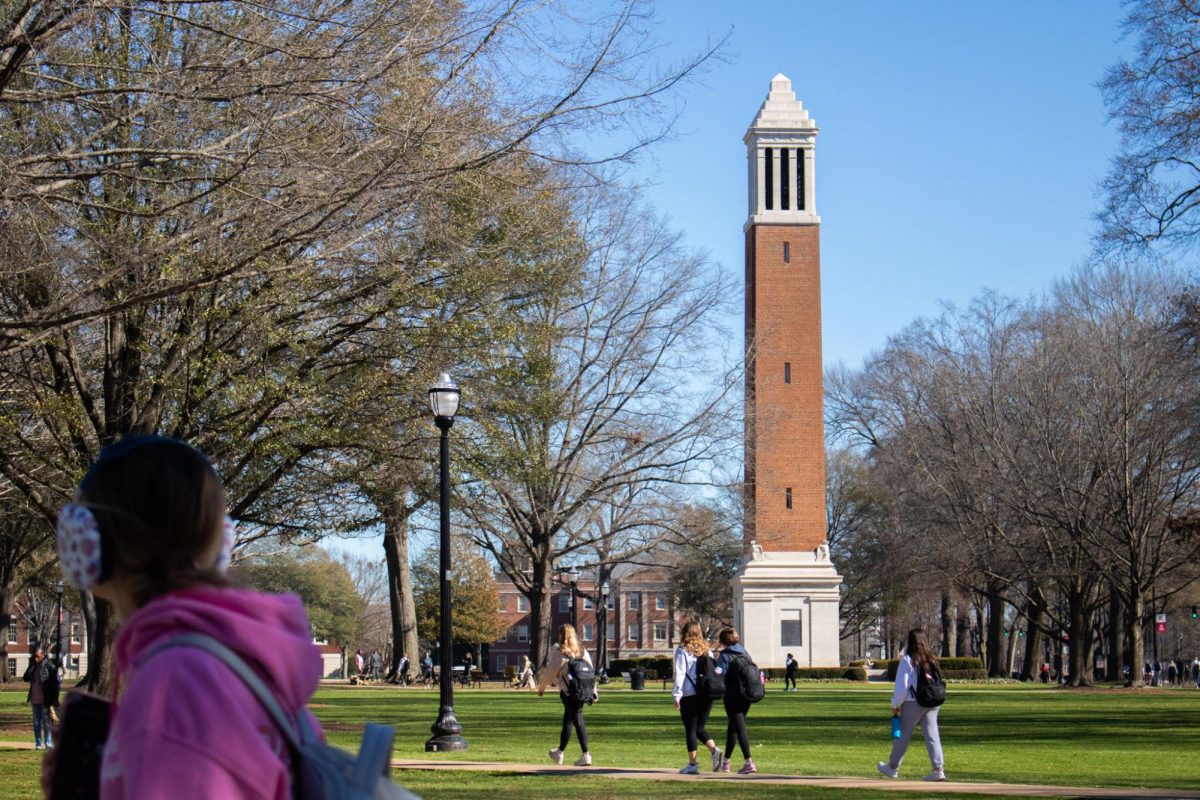As warmer months draw near, many Alabamians delight in the anticipations and traditions of early spring and summer. But for a few remaining rural communities scattered across the state, the arrival of warm weather also signals the preparation for the dying tradition of Decoration Day.
Decoration Day, where observed, is a serious ritual, framed in families, fellowship, food and fond memories. Shorter in time now, perhaps, but not in importance to participants.
Situated on the side of a rural, winding road of Tuscaloosa County sits the quiet setting of Mount Olive Baptist Church. The small community continues to celebrate the tradition founded on faith, fellowship and family.
“We meet on Mother’s Day,” Mount Olive pastor Tim Tindle said. “We normally have regular Sunday school and worship service and have a potluck dinner after. People come and give flowers after lunchtime, and there’s singing.”
Decoration Day consists of an annual service to those passed, in which families gather at local cemeteries to clean up the property, decorate the headstones with flowers and reconnect with old friends and relatives. Typically, the celebration is held on a Sunday in May, but this varies from church to church and can be held any time during the summer months.
According to the Encyclopedia of Alabama, this historic tradition is generally strongest among rural white communities. The cleanups are often followed with a Sunday picnic dinner and are sometimes viewed as community reunions.
Tindle said the tradition for Mount Olive Baptist Church dates back to the 1800s when the church was established.
“Mount Olive used to have a school that was the school and church in that community,” he said. “A man donated land for them to have a cemetery, and that’s when the decoration came to be.”
Tindle said every now and then the church will call for old-fashioned dress, where members can wear clothes reminiscent of the generations past.
“From time to time, we would have ‘old-fashioned dress’ where they’d come dressed in overalls and the women wear bonnets,” he said. “But not every year.”
The cemetery is located behind the church with a paved road circling the property. The older plots are located at the front, closest to the church, and the newer ones behind. Many of the headstones are weathered, crumbling and crooked in the ground. A few are even hand-cut and engraved. According to Tindle, the oldest grave dates back to 1887.
“Normally the Saturday before, everyone meets for a workday to trim hedges, put out flowers and pretty much clean up [the area],” he said. “It used to be called ‘dinner on the ground,’ and people sat outside. Now we eat inside.”
Traditionally, the events of decoration include a homecoming service on Sunday morning with special music and sometimes a former pastor to preach the sermon. Dinner on the ground follows, in addition to singing, which consists of congregational music, solos, duets and occasionally a guest quartet.
But like many traditions, the splendor of Decoration Day has dwindled and, for some, is only a memory.
“It used to be an all day event, but times have changed, and there is so much to do today,” Tindle said. “It used to last until 3 or 4 p.m., but now people don’t stay very long. We now have to sing during the worship service. It wasn’t unusual to have 500 to 600 people attend. Now it’s about 350 to 400.”
While many churches around the state and in Tuscaloosa County have ceased Decoration Day activities, Mount Olive, alongside a few others, remains as one of the last churches celebrating.
Billy Gray, associate director of missions and education of the Tuscaloosa County Baptist Association, remembers the glory of Decoration Day during his younger years at Mount Olive.
“My mom’s home church had Decoration Day on the second Sunday in May, and I was born June 12,” Gray said. “So I attended my first one securely snuggled in my mother’s womb. I attended this special event every year until I was grown and had a church of my own. And of course, the first church I pastored – and just about every one since then – had its own Decoration Day.”
Gray said his parents, who grew up in the Mount Olive community, participated in the annual tradition there, and many of his family are buried in the cemetery.
“When I was a boy, Decoration Day at Mount Olive was huge,” Gray said. “There was enough food spread out over a long line of tables that stretched for probably a couple of hundred feet. Before and after the meal, many people placed flowers on the grave of their loved ones while visiting with one another and catching up on each other’s family news.”
But for Gray, Decoration Day is more than just a day for adorning headstones.
“It is also a time when people come back to the church and community in which they grew up to renew old friendships and to see what is going on at their childhood church,” Gray said. “They’ll take a look at the needs of the church, and I have known of people following up their visit back home with a generous donation to ‘get that roof fixed’ or ‘buy those boys and girls the supplies they need’ or ‘let’s start a campaign to repave the parking lot’ – things like that. People still feel a part of their home church even though they may live far away and only attend on Decoration Day.”
Even though he acknowledges the fading tradition, Gray is hopeful a rejuvenation may be in its future.
“I think it is [fading]. Although in some places, it is still very much alive and well,” Gray said. “If you go to these churches on Decoration Day, you will see mainly the older people, and as they are dying out, the tradition is dying out. Some churches have a new generation interested in keeping this tradition alive, but in most churches, I would say that it is definitely fading away.”
According to Gray, out of the 85 churches within the Tuscaloosa County Baptist Association, only 21 currently celebrate Decoration Day.
“I think we need to honor our heritage,” Gray said. “It helps us feel a connection between generations and to appreciate the fact that what we enjoy today is built on what people have done before us. It places us in a stream of history. There have been people here before us who have given and sacrificed to establish this church and its ministry. This humbles us and helps us feel a responsibility for others who will come after us.”



